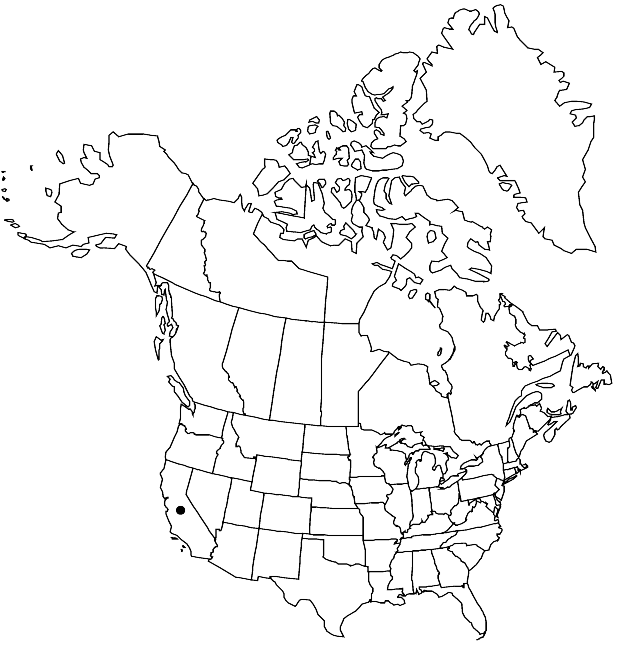Hesperidanthus jaegeri
Harvard Pap. Bot. 10: 50. 2005.
Perennials or subshrubs. Stems several from caudex, erect or ascending, (stiff, usually gyrose), 1–3 dm. Leaves (3–7 per stem); petiolate (1–2 cm); blade ovate to broadly so, (1–) 1.5–4 cm × 10–35 mm, base obtuse, subtruncate, or cuneate, margins usually coarsely and irregularly dentate, rarely (distalmost) repand, apex obtuse or subacute. Racemes few-flowered, (lax in fruit). Fruiting pedicels divaricate or ascending, straight or slightly curved, 6–14 mm. Flowers: sepals purplish, 5–7 × 2–3 mm; petals white to lavender or purplish (with darker veins), 9–14 × 2.5–4 mm, attenuate to clawlike base; filaments 2–3 mm; anthers linear, 2–2.5 mm; gynophore obsolete to 0.5 mm. Fruits straight to strongly recurved, terete, (2–) 3–5 cm × 1–1.2 mm; ovules 26–42 per ovary; style 0.7–1.5 mm; stigma flat, entire. Seeds 1.2–1.5 × 0.6–0.9 mm.
Phenology: Flowering Apr–Jun.
Habitat: Rocky crevices, cliffs, limestone clefts
Elevation: 1500-2800 m
Discussion
Of conservation concern.
Hesperidanthus jaegeri has been collected from Marble and Teufel canyons and Cerro Gordo Peak of the Inyo Mountains, Inyo County.
Selected References
Lower Taxa
"elongated" is not a number."thick" is not a number."dm" is not declared as a valid unit of measurement for this property.
